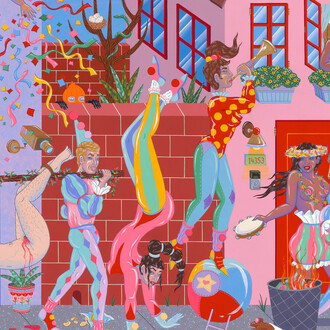The exhibition showcases a collection of over 100 exquisite Buddhist works of art. Their history stretches from 2nd century BC to 19th century AD, and their origins include Gandhara, India, Nepal, Tibet, Burma, Thailand, Khmer, Java, Vietnam, China, and Japan. The exhibition comprises of Buddhist figures made of a wide array of materials, including wood, bronze, gilt-bronze, gold, pottery, iron, stone, marble, jade, as well as murals, reliquaries, and other jewels.
This is a special exhibition designed to approach Buddhist art in a holistic manner. While the captivating masterpieces endow abstract Buddhist doctrines with a tangible form, the spread of Buddhist art has facilitated constant cultural interchange among Asia over a millennium. It became a source of inspiration and influence for the Asian states to socially and culturally adopt, adapt, reinvent, and finally contribute back to enrich the Buddhist art corpus.
Through comparing and examining the consistencies and discrepancies between works of art from different origins and time periods, this exhibition will reveal how a shared religion and its art form have been connecting the Asian continent for centuries, inviting visitors to contemplate about multiculturalism and globalization through appreciating the diverse aesthetic beauty of Buddhist works of art.
















